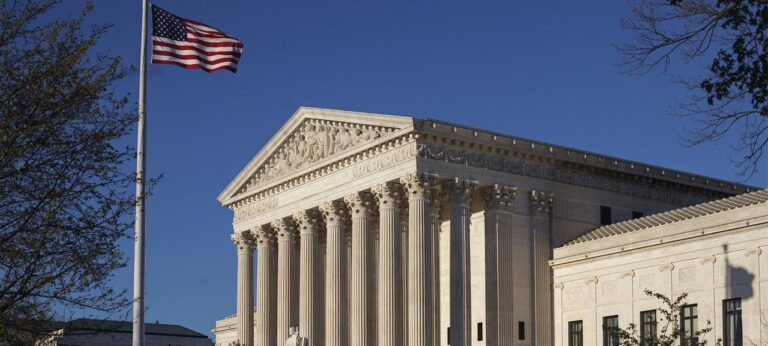In a landmark unanimous ruling, the Supreme Court has made it significantly easier for students with disabilities to pursue legal action against schools. The decision, issued Tuesday, clarifies the standards under which families can challenge educational institutions over inadequate accommodations and support. Advocates hail the verdict as a major victory for disability rights, signaling increased accountability for schools nationwide and potentially reshaping how disability laws are enforced in the education system.
Supreme Court Ruling Expands Legal Protections for Students with Disabilities
The Supreme Court’s latest ruling marks a pivotal shift in the legal landscape surrounding the rights of students with disabilities. For the first time, the court has made it significantly easier for these students and their families to challenge schools that fail to provide adequate support and accommodations. By lowering procedural barriers, the decision empowers plaintiffs to bring forth lawsuits without being burdened by restrictive filing requirements that previously limited access to justice. This change is expected to encourage schools nationwide to re-evaluate their policies and ensure compliance with disability rights standards more rigorously.
Key impacts of the ruling include:
- Reduction in administrative hurdles before pursuing legal action
- Expanded scope for addressing both academic and non-academic discrimination
- Increased accountability for schools under the Individuals with Disabilities Education Act (IDEA)
| Before Ruling | After Ruling |
|---|---|
| Strict procedural limits to sue | Lower barriers for filing lawsuits |
| Focus mainly on academic rights | Broader protections including social environment |
| Schools faced fewer consequences | Increased school accountability |
Key Legal Changes Impact How Schools Address Disability Rights
The recent Supreme Court ruling represents a landmark shift in the legal landscape surrounding educational institutions and disability rights. By lowering the barriers for students with disabilities to bring lawsuits against schools, the court has empowered families to seek greater accountability and ensure that accommodations are not merely promised but effectively implemented. This decision signals a move toward stricter scrutiny of school policies under federal disability laws such as the Individuals with Disabilities Education Act (IDEA) and the Americans with Disabilities Act (ADA).
Key implications for schools include:
- Increased vulnerability to litigation when failing to meet individualized accommodation requirements
- Heightened need to maintain comprehensive documentation of compliance and communication with families
- Stronger incentives to proactively address accessibility barriers before disputes reach legal action
| Aspect | Before Ruling | After Ruling |
|---|---|---|
| Legal Threshold for Suing | Higher | Lowered |
| School Accountability | Moderate | Increased |
| Risk of Litigation | Limited | Expanded |
Experts Advise Schools to Review Policies and Enhance Disability Accommodations
In light of the recent Supreme Court ruling, education experts urge institutions to proactively reassess their current frameworks to better support students with disabilities. Schools are encouraged to conduct comprehensive reviews of their accessibility policies to ensure compliance and foster an inclusive learning environment. This includes updating procedural guidelines, enhancing staff training, and ensuring all accommodations are both adequate and effectively communicated to students and their families.
Key recommendations for schools focus on actionable steps such as:
- Implementing ongoing disability awareness programs for faculty and staff
- Establishing clear channels for students to request accommodations without fear of retaliation
- Enhancing physical and digital accessibility across campus facilities and resources
| Area of Focus | Suggested Action | Expected Outcome |
|---|---|---|
| Staff Training | Quarterly workshops on disability rights | Increased awareness and sensitivity |
| Policy Transparency | Publish clear accommodation request procedures | Improved student trust and communication |
| Facility Access | Audit and upgrade physical infrastructure | Enhanced mobility and independence |
Concluding Remarks
The Supreme Court’s unanimous ruling marks a significant shift in how students with disabilities can seek justice against educational institutions. By easing the legal barriers to filing lawsuits, the decision underscores the Court’s commitment to protecting the rights of vulnerable students and ensuring schools are held accountable. As this landmark case sets a new precedent, it is expected to influence future disability rights litigation and prompt schools nationwide to reassess their policies and practices to better accommodate all students.




